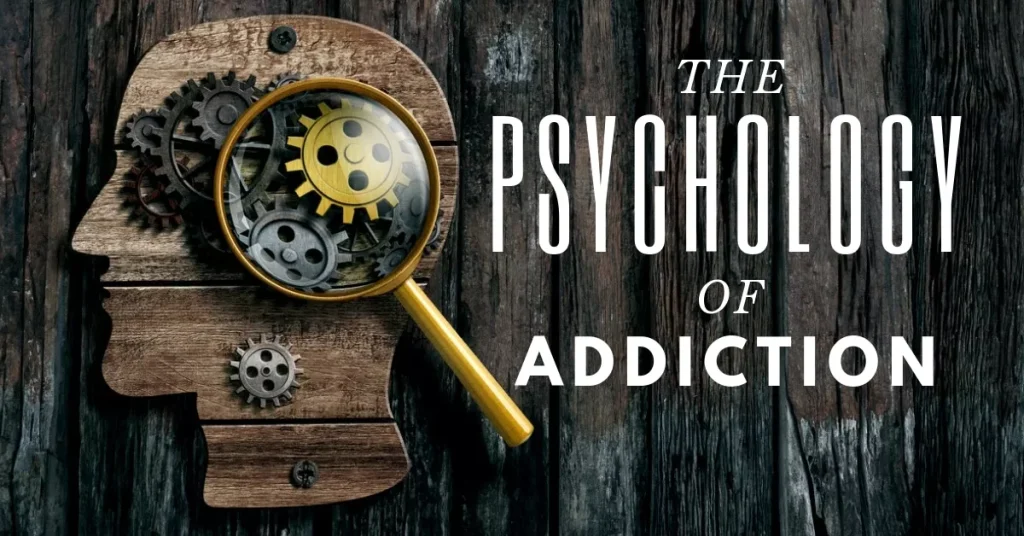
Addiction memoirs often blur the line between confession and testimony. They expose not only the wreckage caused by substance abuse but also the unseen battles of the mind and soul. The Streets to the Shelter: One Man’s Journey from Addiction to Redemption is not just the story of Shawn Lemison—it is also a psychological exploration of abandonment, identity, and resilience. Through its pages, we see how childhood wounds morph into destructive adult behaviors, and how recovery demands more than sobriety: it requires rebuilding the self.
The prologue introduces Shawn as a child, idolizing his father, a California Highway Patrol officer. The gleam of his father’s uniform and gun symbolizes safety, love, and admiration. When his parents separate and his father builds a new life, Shawn’s identity fractures. Psychologists describe this rupture as a “father wound”—a trauma born of emotional abandonment. For Shawn, this wound became the seed of resentment. Rather than growing under the shadow of a hero, he felt invisible. By seven, he was told he was now “the man of the house”—a burden far too heavy for a child.
As the memoir moves into adolescence, Shawn embodies what psychologists call “the fragile self.” Low self-esteem, peer comparisons, and repeated failures left him hungry for validation. His high school sweetheart briefly filled that void, but the relationship revealed his overdependence—the desperate need to be reassured, loved, and deemed enough. Attachment theory helps explain this pattern: children who feel abandoned often form insecure bonds later in life, seeking love not as a mutual exchange but as a cure for inner emptiness. When those relationships falter, the pain feels like proof of unworthiness.
The pivotal moment comes in a gas station bathroom with a line of cocaine. Addiction research describes drugs as providing “pseudo-integration”—a temporary sense of wholeness that masks a fractured identity. For Shawn, the euphoria offered not just a high but the illusion of being complete. Substances became his coping mechanism for unresolved trauma. From a cognitive-behavioral perspective, maladaptive behaviors often emerge as attempts to manage unbearable emotions. Cocaine and later methamphetamine did more than numb pain—they supplied a counterfeit self: confident, powerful, and free from shame.
One of the memoir’s most compelling themes is Shawn’s rebellion against his father. As he sinks deeper into addiction—dealing drugs, living in motels, and surrounding himself with fellow users—he recognizes an unconscious identity inversion. His father symbolized law and authority; Shawn embraced crime and chaos. Psychologists call this “identity opposition”: instead of building identity through growth, one defines oneself as the opposite of what wounded them. Thus, Shawn’s addiction was not just dependency—it was protest, a declaration: I am not you.
By Part VI, Shawn’s inner world takes center stage. Legal troubles, alienation, and broken relationships strip away the illusions. Addiction scholars call this “the collapse of the false self.” When drugs no longer mask the pain and external supports disintegrate, individuals confront the void they’ve avoided. Shawn’s reflections reveal the heavy cost of numbing: the loss of dignity, connection, and love. Yet this collapse also marks his turning point. Redemption begins when he sees his story not only as one of drug abuse but as a response to abandonment—and recognizes the possibility of healing.
From a therapeutic perspective, recovery is more than abstaining from substances. It is the reconstruction of identity: restoring self-worth, building secure relationships, and learning to live with pain without letting it define you. For Shawn, redemption is not a tidy conclusion but an ongoing process of reinterpreting his past. Viktor Frankl, in Man’s Search for Meaning, argued that suffering becomes bearable when it is given meaning. Shawn begins to embody this principle, reframing his story from rebellion to resilience.
The memoir’s appendices—letters, reflections, and resources—serve as more than supplementary material. They are therapeutic artifacts, showing how Shawn reframed his life from victimhood to survival, from brokenness to reconciliation. Resources for families highlight a vital truth: addiction is never solely an individual’s disease but a systemic one, rippling across relationships and generations.
Ultimately, The Streets to the Shelter is not only Shawn’s story but also a case study in how unresolved wounds, fragile identities, and maladaptive coping strategies intertwine to create cycles of addiction. Yet it also shows that psychological transformation is possible. By facing the father wound, dismantling the false self, and forging a new identity grounded in resilience, Shawn demonstrates that redemption does not erase the past but reinterprets it.
For readers, the memoir functions as both mirror and map. For those touched by addiction, it offers empathy and insight. For those drawn to psychology, it illustrates how theory takes shape in lived experience. And for everyone, it reminds us that even in the darkest streets, there is always a path to shelter.
© Copyright 2025 Shawn Lemison All Rights Reserved